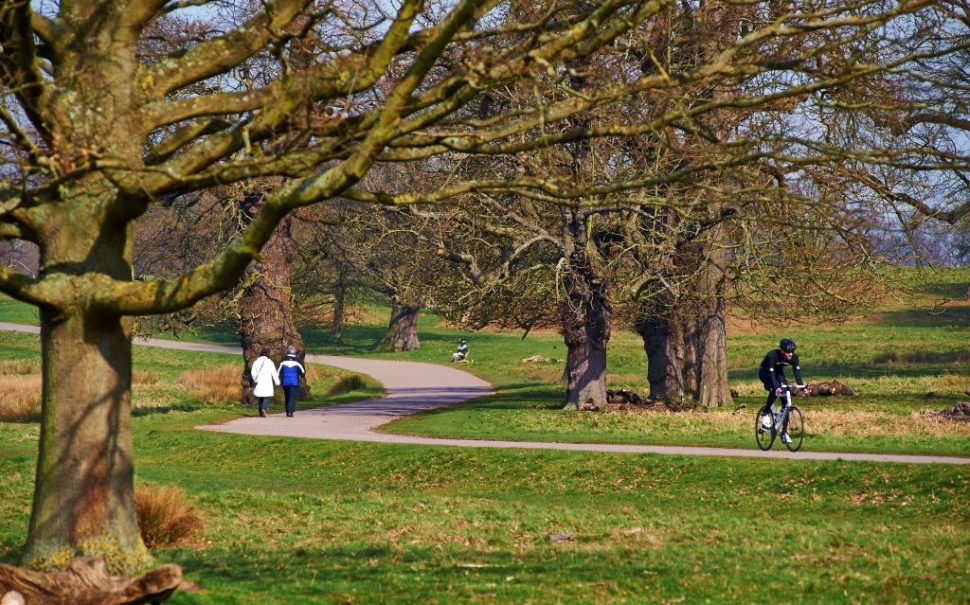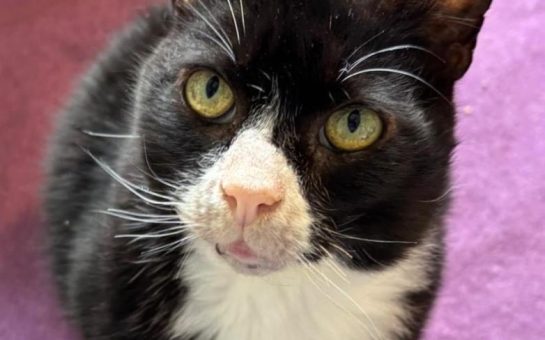Royal Parks are working to preserve the natural habitats of skylarks in Richmond Park, hoping to turn the decline of the animal population around.
In recent years, the population of Skylarks in Richmond’s 2500 acres of green space has plummeted.
Steve Read, a volunteer ranger since 2019, hopes that the combined work of the rangers and promotional efforts from the Royal Parks will been the driving factor in helping this small species survive.
He said: “There are various areas of the park that support skylarks, they are beautiful, poets have written about them and music has been set to them.”
“The numbers have been declining in recent years, so we are working to conserve their habit.
“We let people know if they are entering a skylark nesting area, so they can put their dogs on a lead and stick to the paths.”
No day is the same for the 208 volunteer rangers in Richmond. Last week Read found himself caring for a young kestrel, who had fallen from its nest.
Read said: “I just happened to be on site and I took it [the kestrel] home and fed it before taking it to Wildlife Aid.”
Read takes great joy in sharing his love for wildlife and during our time with him, he had no shortage of knowledge which he was eager to share.
He spoke passionately about the various wildlife at the park, including the two deer species – fallow and red deer.
Alongside his orange uniform, he carries a bag filled with all his natural treasures which he has found.
“I keep it [the bag] with me all the time when I am in the park,” he said.
“If I see little kids, I just pull something out of my bag to show them.”
During the interview, he showed us three antlers of different sizes, stag beetles and a deer hoof.
The rangers also set up standing tables which they use to help educate people about the wildlife they share the space with.
He said: “We bring out antlers and skulls and all sorts of things – people just love it.”
Rangers across the park have seen a change in the demographic of people using the National Nature Reserve since the pandemic and Read believes that there are more younger London residents now enjoying the space.
“There are so many young people using the park now,” he added.
“During the pandemic, I think people came to the park for some headspace and a bit of fresh air.”
Emily McGhie, the Royal Park’s senior communications officer, feels fortunate to be in a position where many people want to volunteer.
“There are so many people who want to become volunteers, that we’re very fortunate that we’re in a position where we’re never at a loose end,” she said.
“We’re lucky to have hundreds of people that apply.”
Image credit: Royal Parks





